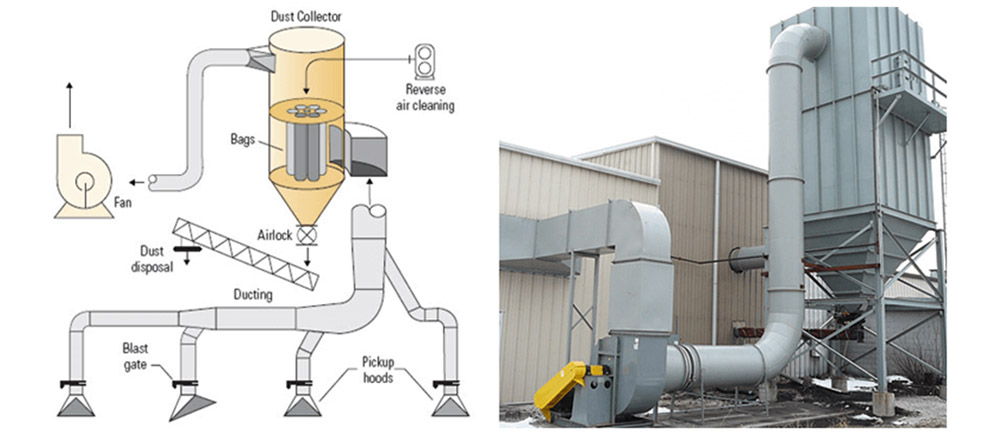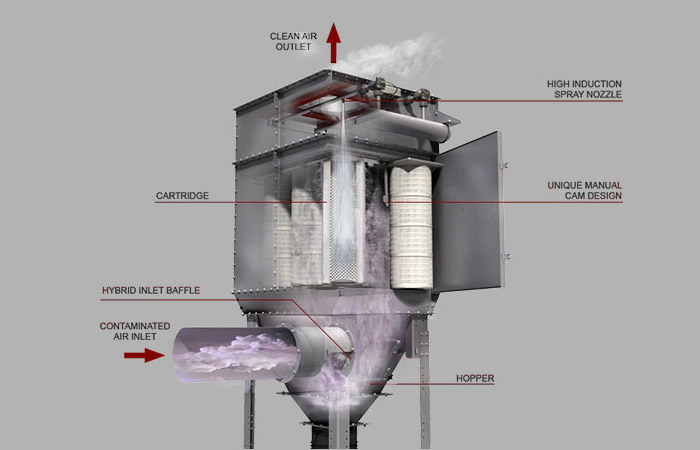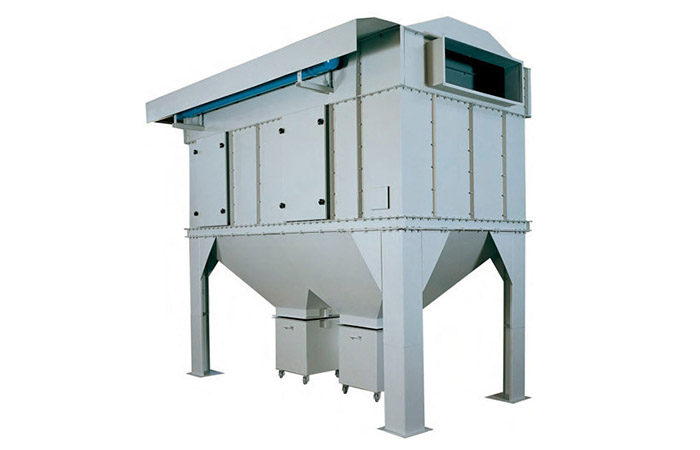


A dust exhaust system, also known as a dust collection system or dust extraction system, is a system designed to capture and remove airborne dust and particulate matter from a working environment. It is commonly used in industrial settings, workshops, manufacturing facilities, and other areas where dust and contaminants are generated during various processes.
The primary purpose of a dust exhaust system is to improve air quality, protect the health and safety of workers, and prevent dust-related hazards. Here are the key components and functions of a typical dust exhaust system:
Effective dust exhaust systems help to minimize the release of harmful airborne dust and protect the health of workers. They also contribute to maintaining a cleaner and safer working environment by reducing the accumulation of dust on surfaces and machinery, improving overall productivity, and preventing potential fire and explosion hazards.


A leading provider of comprehensive industrial solutions tailored to meet the unique needs of our clients in the Automobile, Pharmaceutical, and Chemical industries.